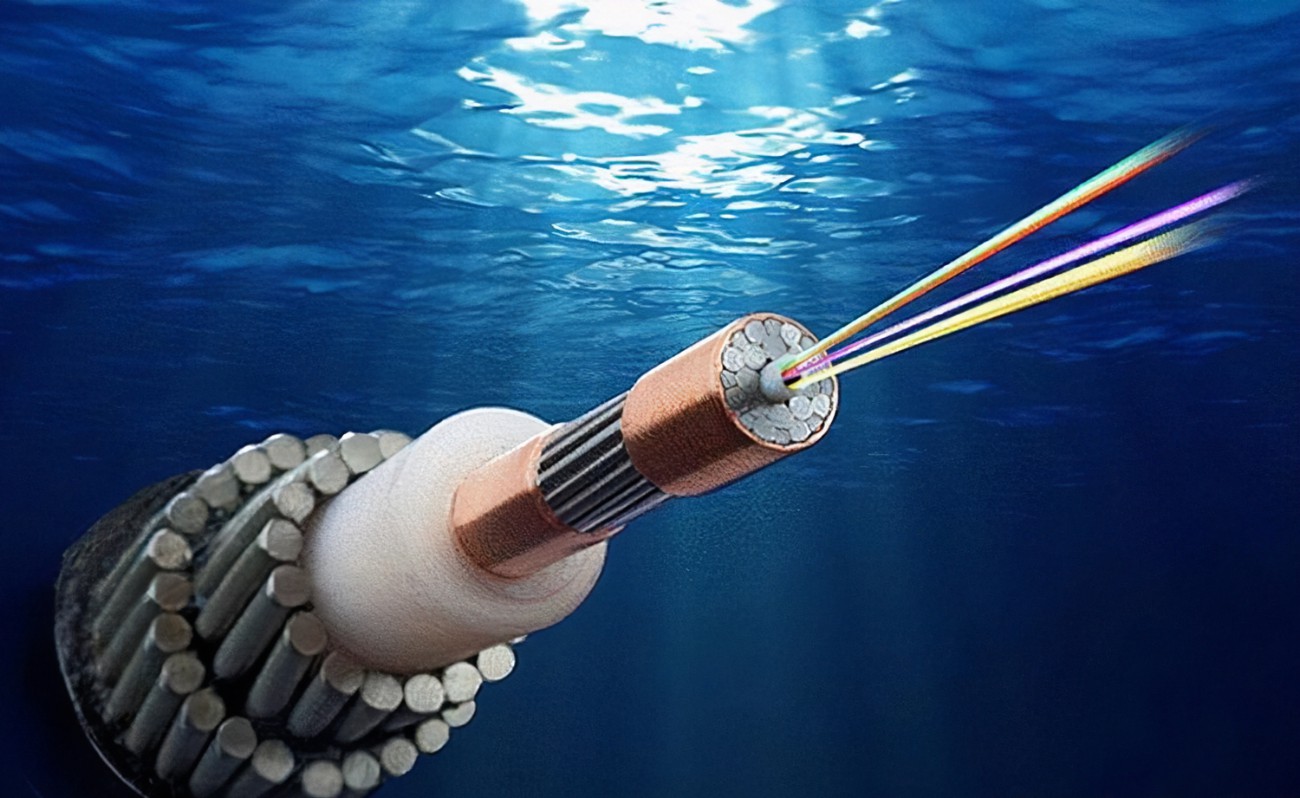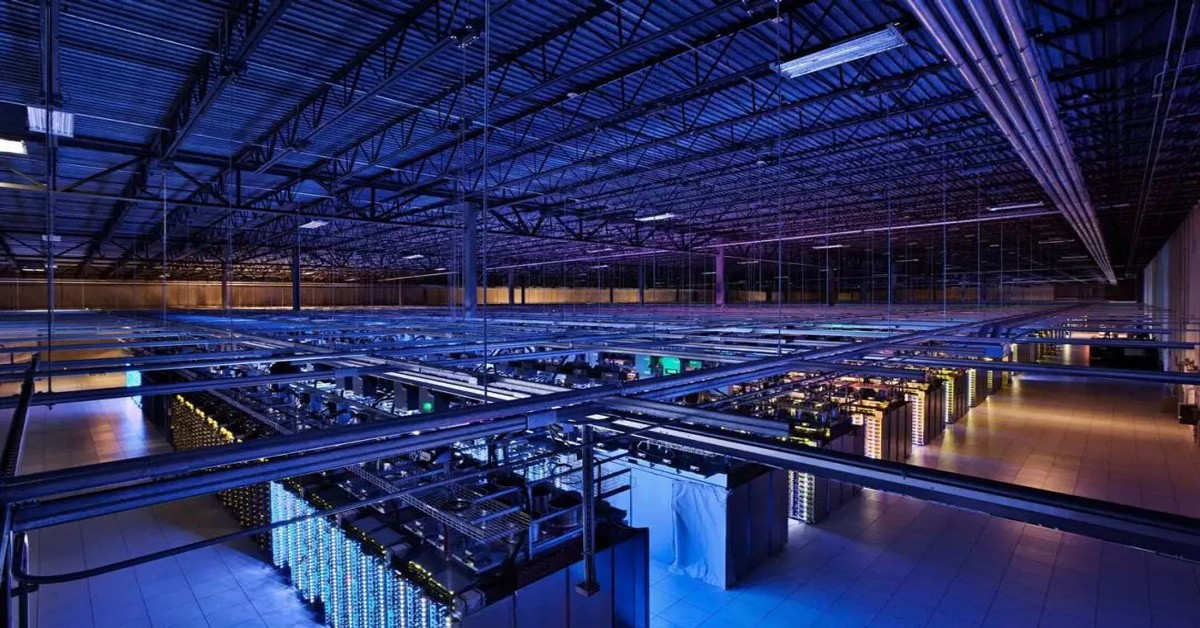In today's interconnected world, where communication is not just a luxury but a necessity, submarine communication cables serve as the unsung heroes of global connectivity.
These cables, lying deep beneath the ocean's surface, enable the seamless transmission of data, voice, and video across continents, facilitating international commerce, diplomacy, education, and much more.
This essay aims to delve into the intricacies of submarine communication cables, exploring their types, applications, significance, challenges, and prospects.

The inception of submarine communication cables can be traced back to the mid-19th century when telegraphy was at its zenith.
The first successful attempt at laying a submarine cable occurred in 1850, linking England and France.
However, it wasn't until 1866 that the first transatlantic cable was laid, connecting Europe and North America.
This monumental achievement revolutionized global communication, significantly reducing the time it took to transmit messages across continents from weeks to mere minutes.
Submarine communication cables come in various types, each tailored to specific needs and conditions:
These cables consist of multiple layers of protective materials such as polyethylene, steel wire, and copper or aluminum conductors. Unarmored cables are typically used in shallow waters where the risk of damage from external factors like anchors and fishing activities is relatively low.
Armored cables are reinforced with additional layers of steel wire or steel tape to provide enhanced protection against external threats. They are commonly deployed in deep-sea regions where the risk of damage is higher due to rugged seabed terrain and increased maritime activity.
Fiber optic cables are the latest innovation in submarine communication technology, capable of transmitting vast amounts of data at unprecedented speeds.
These cables use light signals to carry information, offering higher bandwidth and greater reliability compared to traditional copper-based cables. Fiber optic cables are increasingly replacing older, copper-based systems, offering improved performance and efficiency.
The applications of submarine communication cables are diverse and far-reaching, spanning various sectors including:
Submarine cables form the backbone of the global telecommunications network, facilitating the transmission of voice, data, and internet traffic between continents. They enable seamless international communication, supporting services such as international calling, internet browsing, and video conferencing.
Submarine cables play a crucial role in facilitating international trade and commerce by enabling the transmission of electronic transactions, financial data, and business communications between different regions of the world. They underpin the global economy by supporting e-commerce platforms, financial markets, and supply chain networks.
Submarine cables are strategically important to military and defense organizations, providing secure and reliable communication channels for command and control operations, intelligence gathering, and maritime surveillance. They form an integral part of military communication infrastructure, supporting naval operations and defense alliances.
Submarine cables support scientific research and exploration efforts by connecting remote oceanographic sensors, underwater observatories, and research vessels. They enable real-time data transmission from the depths of the ocean, facilitating marine research, environmental monitoring, and seismic studies.
Submarine cables are used to transmit television signals and broadcasting content between continents, enabling the distribution of international news, sports events, and entertainment programs to a global audience.
They serve as the backbone of the global broadcasting industry, supporting satellite television providers and cable networks.
The significance of submarine communication cables lies in their ability to connect distant regions of the world, fostering global communication, collaboration, and exchange. Some key aspects of their significance include:
Undersea cables form the foundation of the global communication network, connecting continents and enabling seamless communication between people, businesses, and nations across the world.
Submarine cables play a vital role in driving economic growth and development by facilitating international trade, commerce, and investment.
They enable businesses to access global markets, collaborate with international partners, and leverage opportunities for growth and expansion.

Submarine cables are of strategic importance to national security and defense, providing critical communication channels for military operations, intelligence sharing, and diplomatic engagement.
They contribute to the security and stability of nations by ensuring reliable connectivity and information exchange.
Subsea cables are at the forefront of technological innovation, driving advancements in telecommunications, data transmission, and networking technologies.
They enable the development of high-speed internet services, cloud computing platforms, and digital applications that empower individuals and organizations worldwide.
Submarine cables support environmental monitoring and conservation efforts by providing connectivity to underwater sensors, monitoring stations, and research platforms.
They facilitate the collection of oceanographic data, tracking of marine ecosystems, and assessment of environmental trends, contributing to the preservation of marine biodiversity and the sustainability of ocean resources.
Despite their significance, submarine communication cables are not without challenges and risks.
Some of the key challenges include:
Physical Damage: Submarine cables are susceptible to physical damage from natural disasters, such as earthquakes, tsunamis, and underwater landslides, as well as human activities, including fishing, anchoring, and seabed mining.
Damage to underwater cables can result in service disruptions, data loss, and costly repairs.
Submarine cables are vulnerable to cybersecurity threats, including hacking, data breaches, and sabotage, which can compromise the integrity and security of the communication network. Cyberattacks targeting submarine cables pose risks to national security, economic stability, and public safety, requiring robust cybersecurity measures and protocols to mitigate.
Submarine cables are often subject to geopolitical tensions and disputes, particularly in strategic maritime regions where multiple countries have competing interests. Geopolitical conflicts, territorial disputes, and regulatory barriers can impact the deployment, maintenance, and operation of submarine cable systems, leading to disruptions and delays.
Installing and maintaining submarine cables can have environmental impacts, including disturbance of marine habitats, disruption of marine ecosystems, and generation of underwater noise pollution.
Minimizing the environmental footprint of submarine cable activities requires adherence to best practices, regulations, and environmental impact assessments.
Rapid advancements in technology and telecommunications infrastructure may render existing submarine cable systems obsolete over time, necessitating upgrades, replacements, or decommissioning.
Ensuring the long-term viability and sustainability of submarine cable networks requires ongoing investment in research, development, and innovation.
Despite the challenges, the prospects of submarine communication cables remain promising, driven by technological advancements, growing demand for connectivity, and expanding global infrastructure. Some key areas of innovation and development include:

The development of next-generation submarine cable technologies, such as advanced fiber optics, coherent optical transmission, and wavelength division multiplexing, promises to increase the capacity, speed, and reliability of submarine cable networks, meeting the evolving needs of users and applications.
Efforts to diversify submarine cable routes and establish redundancy in communication networks aim to enhance resilience and reliability against disruptions and failures. Strategic investments in alternative